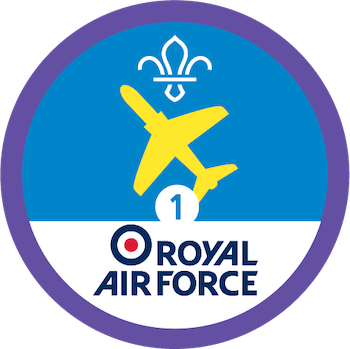
Which wings?
You’ll need
- Scissors
Before you begin
- Cut out a copy of the aircraft facts and images for each group. You need to cut each fact separately, so they can be mixed up.
- Keep one complete copy of the aircraft facts and images, so you can check the images. Make sure you keep it hidden from the players!
Play the game
- Split into small groups, and give each group a cut up copy of the aircraft facts and images.
- Groups should try to put the facts back together to make four aircraft profiles. Each profile needs a picture, a name, information about how the aircraft flies, information about its passengers, and information about how high it flies.
- If a group is struggling, the person leading the game should read out the clues.
- When a group thinks they’ve finished, they should tell the person leading the game. They’ll check to see if the group has got everything right, or if they need to swap some things around.
- Once a group has all of the correct facts together, they should talk about them in their group. Did they know any of the facts already? Have they seen any of these aircraft before? Which one is their favourite, and why?
Reflection
This game needed you to problem-solve. How did you start putting the facts together? Were there some you could match right away? Which ones were trickier? How did you figure out which ones went together? Did you need some clues from the person leading the game? How did they help?
This game also needed you to be a team player. Did your team work well together? How did you talk to each other? What did you do if people disagreed on any answers? Did you make sure everyone got a chance to have their say?
Safety
All activities must be safely managed. You must complete a thorough risk assessment and take appropriate steps to reduce risk. Use the safety checklist to help you plan and risk assess your activity. Always get approval for the activity, and have suitable supervision and an InTouch process.
It’s up to you if you read out the clues. If you choose to use them, you can decide when you read out the clues, how many of them you read out, and whether you read each one in full.
When you let groups know whether they’re right, it’s up to you how much you tell them. Will you just tell them it’s not all correct, give them some hints about which are wrong, or tell them exactly which ones need to change?
Alternatively, you could wait until the end and read out the right answers, allowing the players to correct their own.
Anyone who struggles with reading should be in a group with more confident readers, who are happy to read the facts out loud.
All Scout activities should be inclusive and accessible.
If people do some more research on these aircraft, this activity could meet requirement two of the stage two Air Activities Staged Activity Badge. For example, you could find out the main parts of an aeroplane and identify them, collect and identify six pictures of different aircraft, and name and identify different types of aircraft.
